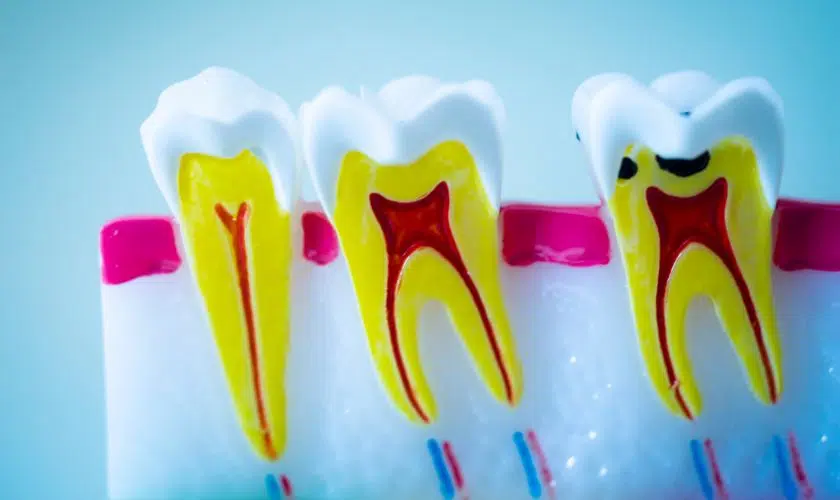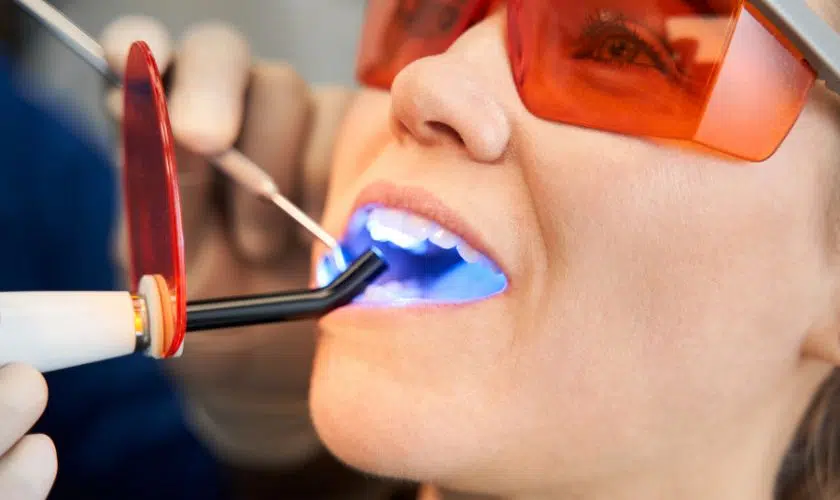
The human mouth is a marvel of engineering, allowing us to chew, speak, and smile with confidence. But like any complex system, our teeth can sometimes malfunction. One such issue is the need for a root canal, a procedure that many people associate with pain. However, with modern dentistry, root canal treatment can be a relatively painless and effective way to save a tooth.
So, how do you know if you might need a root canal? Here are eight common signs to watch out for:
1. Persistent Pain
This is perhaps the most common indicator of a potential root canal necessity. Pain in your tooth or jaw that comes and goes, or a dull ache that lingers, could be a sign of an inflamed or infected pulp (the soft tissue inside the tooth that contains nerves and blood vessels). This pain can be triggered by hot or cold temperatures, chewing, or even just biting down.
2. Sensitivity to Hot and Cold
Sharp or lingering pain when you consume something hot or cold can be a sign of nerve damage within the tooth. Normally, brief sensitivity subsides quickly after removing the hot or cold stimulus. However, if the discomfort lingers or intensifies, it could be a sign of pulp inflammation and the potential need for root canal treatment.
3. Lingering Pain After Chewing
Does chewing cause a dull ache or throbbing pain in a specific tooth? This discomfort, especially if it persists after you stop chewing, could be a sign of an irritated or infected pulp. The pressure of chewing can exacerbate the inflammation, making the pain more noticeable.
4. Visible Damage to the Tooth
A chipped, cracked, or broken tooth can expose the inner pulp to bacteria, leading to infection and the need for a root canal. Cracks or chips can be caused by trauma, like a fall or blow to the face, or by biting down on something hard. Sometimes, large cavities can also weaken the tooth structure and expose the pulp.
5. Swollen or Tender Gums
If the gum tissue around a tooth becomes red, swollen, or tender to the touch, it could be a sign of an infection in the root of the tooth. This inflammation can sometimes cause a throbbing sensation or a feeling of pressure in the gums.
6. Presence of Pus
In some cases, an abscessed tooth (a severe infection at the root of the tooth) can lead to the formation of pus, a white or yellow discharge that may drain from the gums near the infected tooth. This is a serious sign that requires immediate dental attention.
7. Discoloration of the Tooth
A tooth that needs a root canal may become discolored, appearing darker or grayer than its neighboring teeth. This discoloration occurs when the blood supply to the pulp is compromised, often due to infection or inflammation.
8. Lingering Bad Breath (Halitosis)
Persistent bad breath (halitosis) that doesn’t improve with brushing and flossing could be a sign of an underlying dental issue, including an infected tooth that might need a root canal. The bacteria in the infected pulp can contribute to bad breath.
Root Canal Treatment: A Modern Approach
While root canals have a reputation for being painful, modern dentistry offers techniques and anesthetics that make the procedure more comfortable. The dentist will numb the area around the tooth before carefully removing the infected pulp and cleaning the inside of the tooth. The tooth canal is then filled with a special material to prevent further infection. In some cases, a crown may be placed on the tooth to restore its strength and function.
Don’t ignore the signs that you might need a root canal. Early diagnosis and treatment can save your tooth and prevent further complications. Modern dentistry offers a comfortable and effective solution to address a potentially serious dental problem. By scheduling regular dental checkups and maintaining good oral hygiene habits, you can minimize your risk of needing a root canal and keep your smile healthy for years to come.



